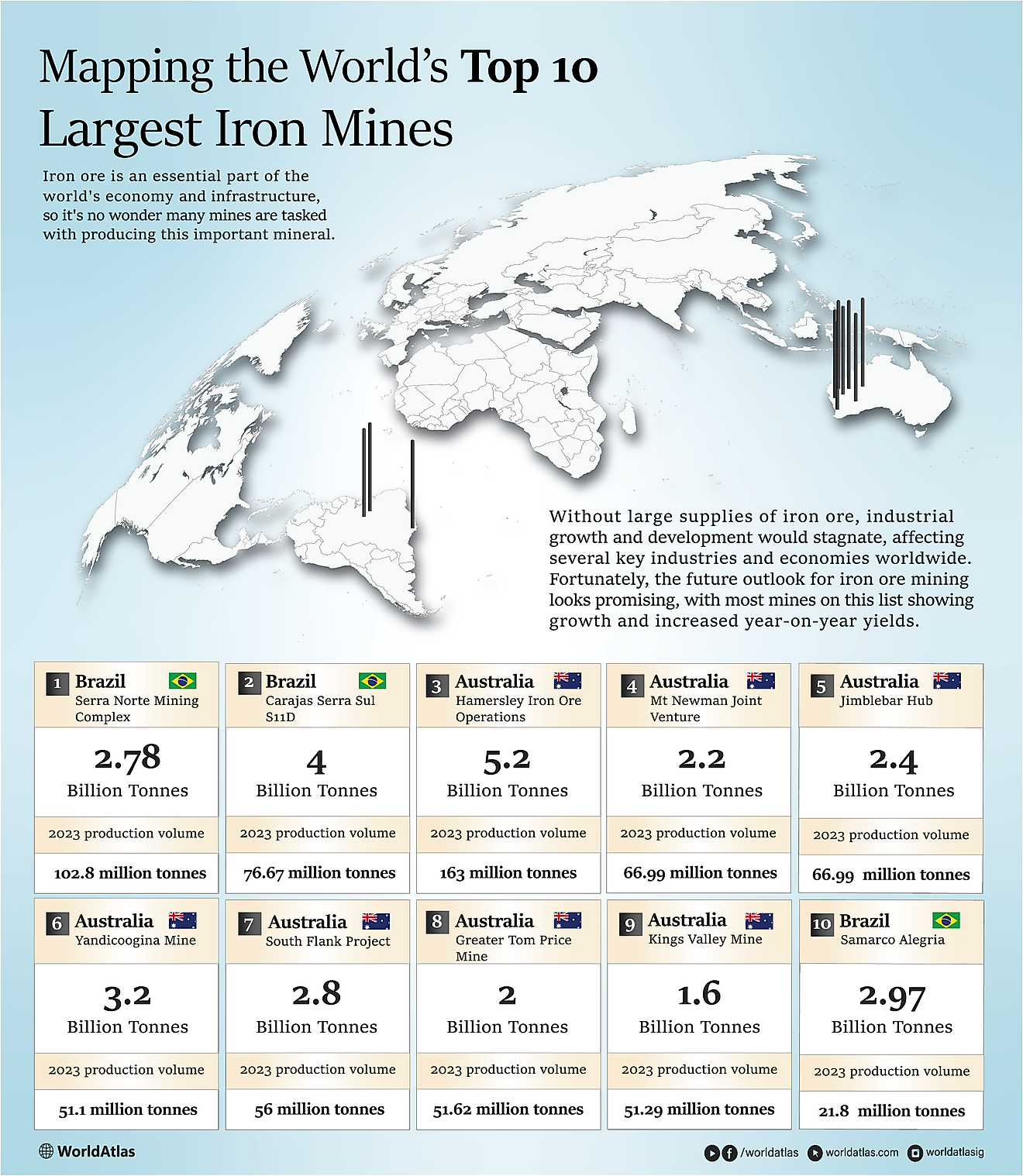What Is Microeconomics?

What Is Microeconomics?
Microeconomics takes a close look at the individual components of a larger economy and their behaviors. Microeconomics covers factors that affect individual economic choices, how change affects these factors, and how individual markets determine prices and demand. The study of economics focuses on the theory of demand, the theory of the firm, demand for labor, and factors of production. In general microeconomics, and in contrast to to macroeconomics, the study looks at the economic behavior of individuals as units of the economy, and not the aggregate economy as a whole.
History of Microeconomic Study
The first record of a text explaining the complex web of consumer and decision making was perhaps that of the Swiss mathematician Nicholas Bernoulli (1695-1726). The Adam Smith theory of “laissez-faire” that began in the mid-1700s dominated the economic theory by concentrating on free markets and capitalism. For two centuries, Smith views on the economy prevailed until in the early 1900s when Alfred Marshall (1842-1924), a London-born economist impacted on the economic thought. In Marshall's “Principles of Economics,” he formulated the concepts of consumer utility, the demand curve, and price elasticity of demand. John Maynard Keynes (1883-1946) from the 1930s worked on his revolutionary ideas regarding how a government managed an economy becoming the most influential economist of the 20th Century. As Keynes ideas hit the global economies, so did Marshall's in the financial circles. The study of individual units of an economy became an integral part of the economic picture. In the 1950s, Herbert A. Simon introduced “satisficing”, the theory of consumer behavior which contended that when a customer finds the needed commodity or service that seems good enough, the need and quest for decision making comes to an end.
Microeconomics in Practice
Microeconomics studies the effects of individual human decisions, and how those decisions affect the utilization, consumption, and distribution of scarce resources. Microeconomics explains why and shows how different goods and services have different values, why individuals make the decisions they make, how the single entities of the economy coordinate and cooperate, and forecast the individual actions should the factors of production change. Microeconomics is the study of economic tendencies.
Supply and Demand
Supply and demand are the fundamental components of microeconomics used in price determination. In perfect competitive market, aspects such as per unit taxes, price controls, and externalities of a particular product do not exist as such demand equals supply, the unit price during production is the market prices, and the economic equilibrium. In the real sense, when there is a shortage of a commodity resulting from a reduction in supply, it will affect the price: when demand increases, prices will increase and consequently when supply increases prices reduce.
Elasticity
Elasticity is the degree of change in consumer demand when placed in context of a change in a given commodity's price. An elastic product or service is sensitive to price variations whereas an inelastic commodity is insensitive to price changes. For example, when the price of mangoes goes up, a consumer may decide to buy oranges which are cheaper, and in the long run, the demand for mangoes fall. Inelastic goods and commodities may include electricity and medicines. Even when the prices go up, the demand is still vital. Businesses and investors prefer inelastic goods as they are less affected by demand and supply.
Opportunity Cost
Opportunity cost is the evaluation of trade-offs and alternatives which determines how individuals and businesses determine their respective courses of action. That is to say that the cost of something is placed in the context of the monetary cost and the value of what you lost to attain it. For example, “instead of purchasing a car at one million dollars, what else would one buy with that money?”
Market Structures
There are many interactive systems within all market structures. Such market structures include monopolies, oligopolies, competitive markets, and perfect competitions. In a "Monopoly", only one supplier provides the needed commodity and in a "Monopsony" there is only one buyer. In oligopoly a small number of firms run the market and control the majority of the shares. An "Oligopsony" has many sellers with few buyers. In perfect competition, there is "an absolute elastic demand curve." In competitive markets, the monopolistic competition, there are many firms with slightly differentiated products and each firm has a small proportion of the market share.
Production
The theory of production studies production, the economic conversion of resource inputs into outputs in the forms of goods and services. Resources are vital when creating a good or service. These resources include manufacturing, packaging, storing and shipping. In simple terms, production is every economic activity other than consumption- the final purchase of the finished product. The cost of production is determined by the resources used when making the product. Thus, costs comprise of the factors production: land, labor, capital. Technology here is either a form of fixed capital or circulating capital.
Relevance of Microeconomics
Microeconomics does not proffer market ultimatums. Rather, it is a normative science, and one that focuses on explaining what the market should expect when certain conditions or factors change. For example, when the manufacturer raises the price of a commodity, consumers tend to buy less of that commodity. When supply is restricted, prices tend to increase. It helps investors determine risks worth taking and assist in studying and prospect future occurrences. Microeconomics is also relevant in industries looking for an entry, or competition. In the political arena it is used when evaluating the role of political institutions and parties in determining policy outcomes, and in law firms to assess the efficiency of competing regimes, and in public affairs to determine government tax and expenditure policies needed by the economy of a country.











